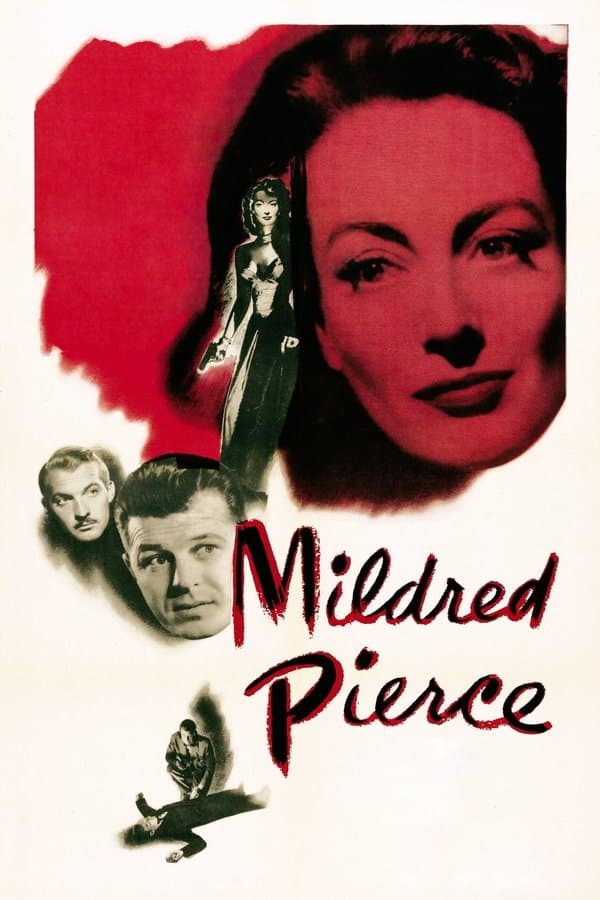
Mildred Pierce
1945 • Crime, Drama • NR
A hard-working mother inches towards disaster as she divorces her husband and starts a successful restaurant business to support her spoiled daughter.
Runtime: 1h 51m
Why you should read the novel
The original novel Mildred Pierce by James M. Cain offers an intimate and psychologically rich exploration of its characters that the film only touches upon. Cain's writing delves deeply into Mildred’s ambitions, struggles, and internal motivations, making for a compelling character study. Readers will experience her world, emotions, and complex relationships first-hand through Cain’s immersive prose.
Reading the novel allows you to appreciate a broader social backdrop and the nuanced evolution of Mildred’s relationship with her daughter Veda, which is more complex and ambiguous in print. With more time devoted to secondary characters and Mildred's own thoughts, the book gives a fuller, grittier portrait of 1930s American society and a woman trying to survive it.
For anyone captivated by the drama of sacrifice, betrayal, and resilience, the book’s unfettered look at class, ambition, and maternal love is unforgettable. The novel’s ending is also significantly different, offering a thought-provoking conclusion that will linger with you long after you close the pages.
Adaptation differences
One of the most significant differences between the film adaptation and James M. Cain’s novel lies in the genre approach. The movie transforms the story into a classic film noir, complete with murder and a police investigation, elements entirely absent from the book. The novel is more of a straightforward psychological and domestic drama, focusing on Mildred's life, ambitions, and relationships without the framework of a crime story.
In the movie, the character of Monte Beragon becomes a murder victim, with Mildred initially implicated in his death, and the film centers on a police investigation. In Cain’s novel, Monte is not murdered; instead, the plot revolves around personal and familial crises, and there is no crime to solve. This change shifts the entire tone of the story, moving it from a complex social and emotional drama to a suspenseful whodunit.
Another major difference is how the film alters the portrayal of Mildred’s character. In the novel, she is a layered, sometimes flawed woman whose ambitions and emotions are explored in depth. The film, restricted by the Production Code of its era, simplifies certain aspects of her character and uses flashbacks to tell her story, while the novel moves chronologically and authentically through her highs and lows.
The ending diverges sharply as well. The novel’s conclusion is grounded in personal realization and a subdued, realistic sense of loss, while the movie opts for dramatic closure with the murder solved and a sense of justice restored. This fundamental difference changes the message and lingering impact of the story, making the reading experience distinct from the cinematic one.
Mildred Pierce inspired from
Mildred Pierce
by James M. Cain










